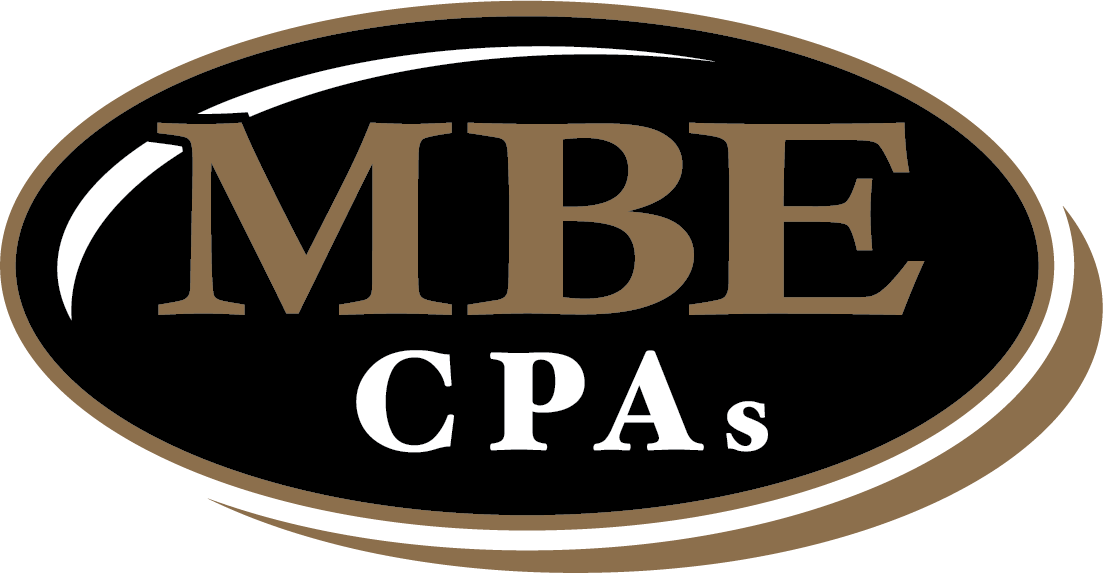Turning One-Time Donors into Lifelong Supporters

Your nonprofit organization has just launched a successful fundraising campaign, and you’ve managed to attract many new donors. The future looks bright, and you’re excited about the impact your organization can make with the increased funding. However, a few months later, many of your donors have stopped contributing, and you’re back to square one.
Does this sound familiar? Despite the best efforts of many nonprofits, maintaining donor retention remains an ongoing challenge. This is evident from the significant decline of 7.9% in donor retention between 2019 and 2021. This frustrating reality often leaves organizations questioning their efforts and wondering, “Is it us? Is there something we’re doing wrong?”
There are many reasons why donors may leave, from poor communication practices to disconnection from the organization’s values or mission. The good news is that there are actionable techniques you can implement to improve donor retention and build a loyal base of supporters committed to their success.
In this blog, we’ll explore the reasons behind donor attrition and provide practical strategies to turn one-time contributions into lifelong partnerships. So, is it you? Let’s find out.
Why Do Donors Leave?
While there can be various reasons behind donor attrition, a few common themes tend to emerge. By addressing these concerns head-on, you can make strides toward creating a sustainable giving environment that keeps donors engaged and committed for the long haul.
1. Lack of Communication:
One of the primary reasons donors leave is a lack of effective communication from the nonprofit. When donors do not receive regular updates or feel disconnected from the organization’s impact, they may question the value of their contributions. You need to maintain open lines of communication, keeping donors informed about the progress and impact of their support.
2. Lack of Recognition:
Donors want to feel appreciated for their contributions, big or small. When donors do not receive adequate recognition for their support, they may feel undervalued or overlooked. Prioritize showing gratitude to your donors, whether it’s through personalized thank-you notes, public recognition, or exclusive donor appreciation events.

3. Misalignment with the Organization’s Goals or Mission:
Donors are drawn to nonprofits that align with the values and causes they are passionate about. If a donor feels that their values no longer align with the organization they are supporting, it can lead to donor attrition. As such, you should communicate your mission and impact clearly to ensure donors feel connected to the cause and understand the value of their support.
4. Financial Constraints:
Financial circumstances can change for donors, making it challenging to continue giving at the same level. Life events, economic downturns, or personal circumstances can all impact a donor’s ability to contribute. Address this by offering alternative ways to stay involved, such as volunteering or advocating for the cause.
Proven Techniques for Sustainable and Lasting Philanthropy
Pursuing sustainable and lasting impact is at the forefront of every nonprofit’s mission. Donor retention is crucial in this equation, as it builds trust and loyalty and saves nonprofits valuable time and resources. By improving donor retention rates, you can create a stable foundation of dedicated supporters who contribute consistently, reducing the need for costly donor acquisition efforts.
Advancing Donor Engagement through Personalized Communication

Donors want to feel valued and appreciated by the nonprofit organizations they support. Personalized messages make donors feel recognized, understood, and appreciated. This approach fosters better engagement, improves retention rates, and has the potential to encourage donors to increase their level of giving. Personalized communication regarding the impact of their support has been shown to increase the likelihood of 41% of donors continuing to contribute.
One way to achieve effective personalized communication is to segment donor lists. Donor segmentation involves dividing your donor list into smaller subgroups based on similar characteristics, such as location, giving history, or interests. For example, donors who have regularly supported a specific project may feel more connected if they receive updates on the status of that project. Similarly, high-gift donors may feel more appreciated if they receive personalized invitations to nonprofit events.
Furthermore, you need to take the time to understand the donor’s communication preferences. This implies asking donors if they prefer emails, hard copies, or phone calls in their communication. You can also use language to personalize communication, such as addressing donors by name, including personal anecdotes, and using gratitude language to express appreciation.
Brand House Marketing can help you build email marketing campaigns that foster engagement and cultivate long-term support. Their expertise in email marketing can help organizations navigate the technical aspects, such as crafting subject lines, designing templates, managing mailing lists, automating follow-ups, and analytics. These details are essential to ensure that emails reach their intended audience and resonate with them.
Boosting Donor Recognition and Appreciation for Sustainable Relationships
Recognizing donors’ contributions makes them feel valued and encourages continued giving and loyalty to the organization. Here are some techniques that you can use to recognize and appreciate donors:
1. Donor Recognition Programs
Recognizing donors for their contributions by creating a donor recognition program boosts donor loyalty. Recognition can come in various forms, such as naming buildings, providing plaques to donors, or designating a special appreciation day to acknowledge donors.
2. Personalized Thank-You Notes
Personalization can make a significant impact in expressing gratitude. Nonprofit organizations can create a personalized thank-you note campaign that acknowledges the donor’s contribution and highlights how those contributions have made an impact. You can also send out thank-you notes for significant giving milestones or to appreciate recurring gifts.

3. Donor Appreciation Events
Donor appreciation events are exceptional opportunities to show donors how their contributions have positively influenced the cause. These events, such as gala dinners, can be exclusive or interactive, such as volunteer appreciation days. You can also use these opportunities to showcase upcoming projects and discuss how they can contribute to current projects with donors.
4. Donor Videos
A creative way to express gratitude is by creating personalized videos that showcase the impact of the donor’s contributions. These videos can include beneficiary interviews, testimonials, and the nonprofit’s work.
5. Social Media Shoutouts
Social media can be used to show public appreciation by sharing a picture of your donor and expressing gratitude for their contributions. The impact of recognizing and appreciating donors’ contributions is vast. It can lead to increased donor retention rates, higher overall satisfaction and loyalty, and motivate donors to advocate for the organization.
Enhancing Trust and Donor Support Through Impact Reporting

Building trust and maintaining donor support relies heavily on transparency. To establish credibility, you should openly communicate how you allocate funds, discuss challenges encountered, and demonstrate accountability.
Effective impact reporting involves providing measurable outcomes that highlight the results achieved by the nonprofit’s programs. This can include quantifiable data such as the number of individuals served or reductions in specific social issues. Furthermore, sharing success stories and testimonials from beneficiaries helps donors emotionally connect to the cause and understand the real impact of their contributions.
To effectively share impact information, nonprofits should utilize various channels. Annual reports offer a comprehensive overview of the organization’s activities and financials, while social media updates provide real-time engagement opportunities. Meanwhile, regular email updates allow direct communication, ensuring donors stay informed and involved.
Through these means, you establish credibility, showcase your work, and foster meaningful connections with donors. Transparency and impact reporting are vital in building trust, reinforcing donors’ belief in the organization’s mission, and strengthening long-term support.
Nurturing Meaningful Relationships: Going Beyond Financial Contributions
Offer various engagement opportunities to demonstrate that donor involvement extends beyond financial support and that their voices and actions are valued.
One effective engagement opportunity is providing volunteering options where donors can actively participate in the organization’s programs. This hands-on involvement allows donors to see firsthand the impact of their support. It strengthens their connection with the organization’s mission. By offering volunteer opportunities, nonprofits create a deeper level of engagement and provide donors with a tangible way to contribute their time and skills.
Advocacy is another avenue for engagement, wherein donors can mobilize support by sharing their personal experiences, raising awareness, or actively campaigning for the cause. This engagement opportunity empowers donors to advocate for the issues they care about, amplifying the organization’s reach and impact.

Hosting events is yet another valuable way to engage donors. These gatherings allow donors to meet and network with fellow supporters, staff, and beneficiaries. Events can include fundraisers, community forums, or appreciation ceremonies, where donors can connect on a more personal level and further develop their commitment to the organization’s mission.
Moving beyond financial contributions enables donors to actively participate, share their passions, and make a lasting impact. Through meaningful engagement, nonprofits lay the foundation for long-term relationships, increased donor satisfaction, and sustained support.
The Power of Long-Term Cultivation and Stewardship
Through ongoing efforts, one-time contributors evolve into dedicated supporters, becoming true ambassadors for the organization and its mission. By prioritizing the development of meaningful relationships with donors, you can foster trust, loyalty, and a long-lasting commitment that drives success.
The benefits of long-term cultivation and stewardship extend well beyond financial support. Loyal donors who deeply connect to the organization become natural advocates and promoters, spreading the word and inspiring others to become involved. Their enthusiasm and commitment can open new avenues of support and propel the organization forward.

Ready to take your donor retention to the next level? Contact MBE CPAs now to discover how our expertise in nonprofit accounting and donor stewardship can help you strengthen your cultivation efforts and retain loyal donors for the long-term success of your organization.
Our marketing affiliate and contributor, Brand House Marketing, wrote this article. Reach out to them for creative and custom-tailored marketing solutions for your company.
